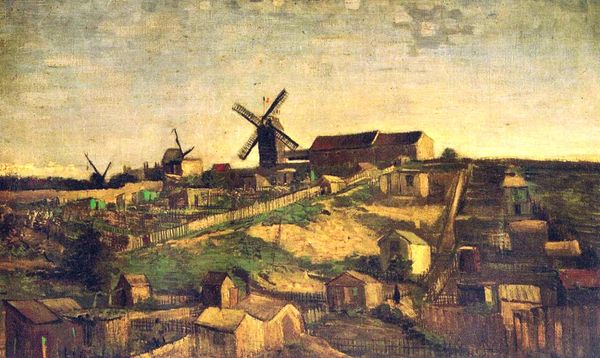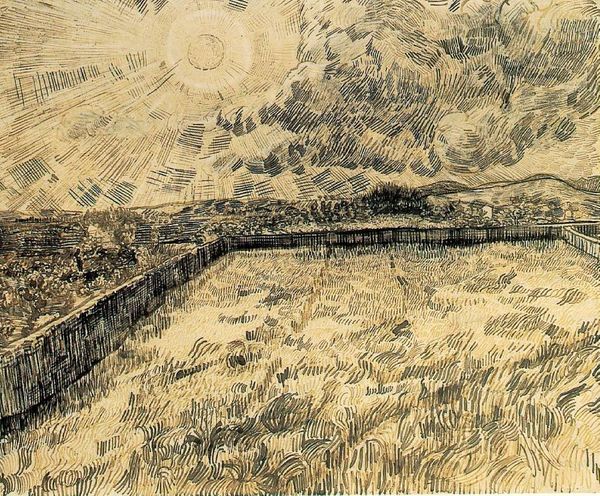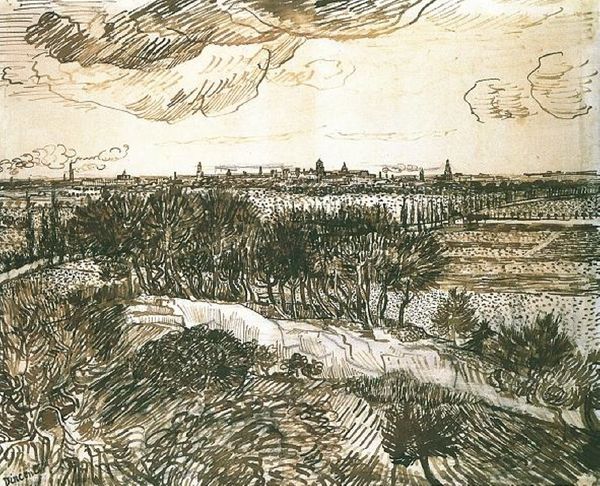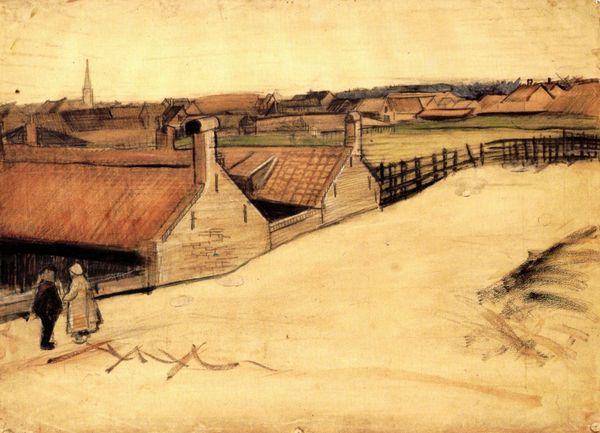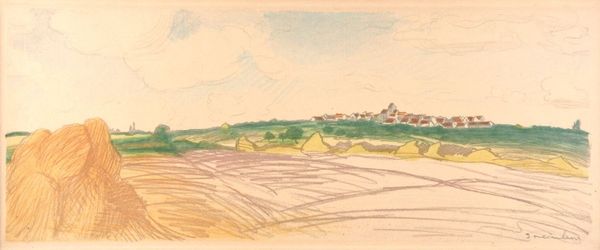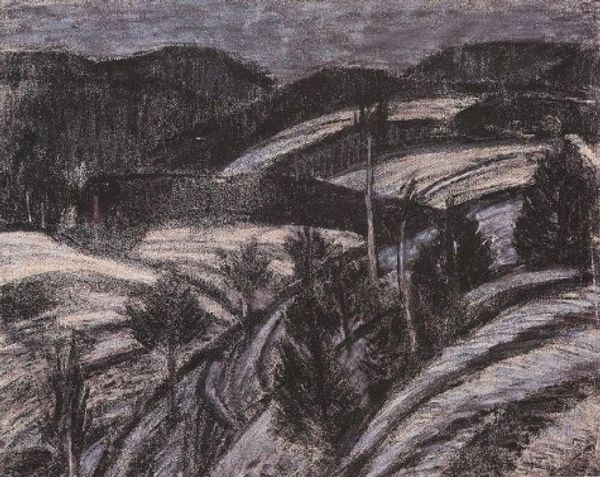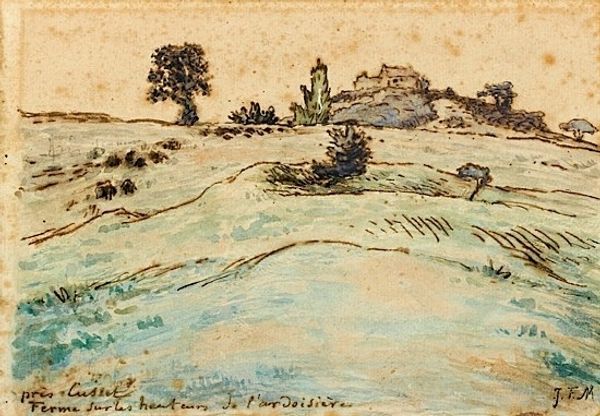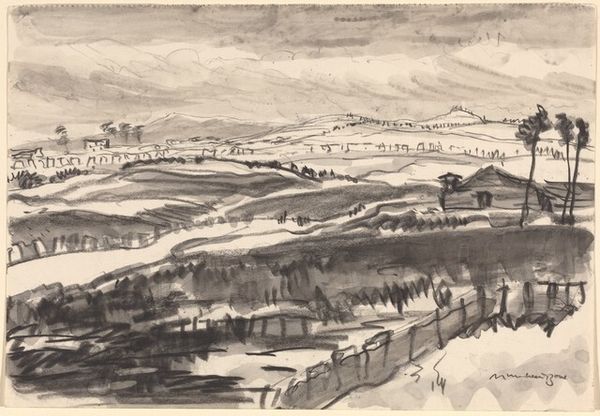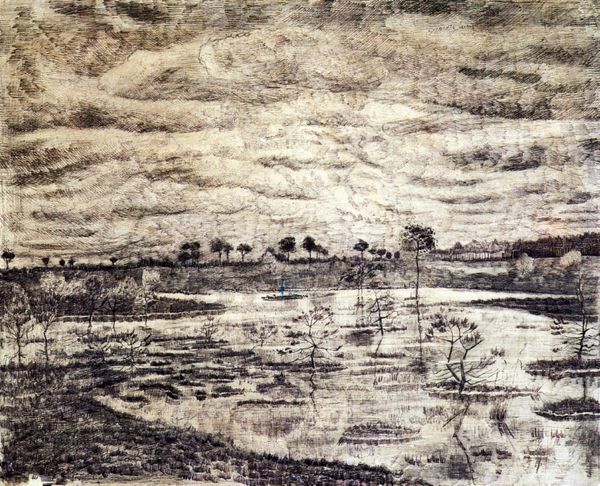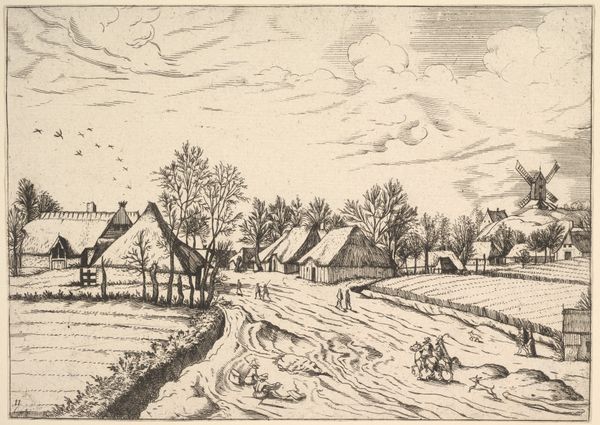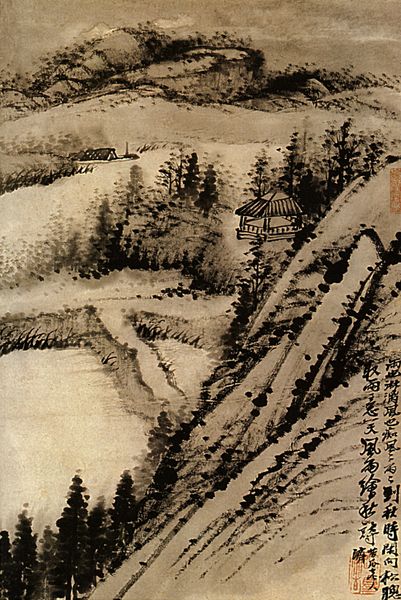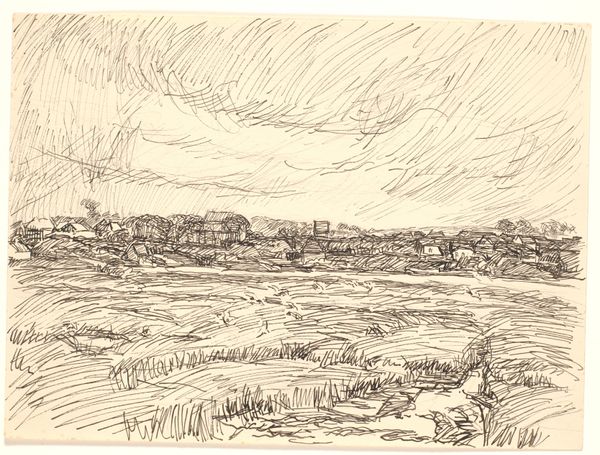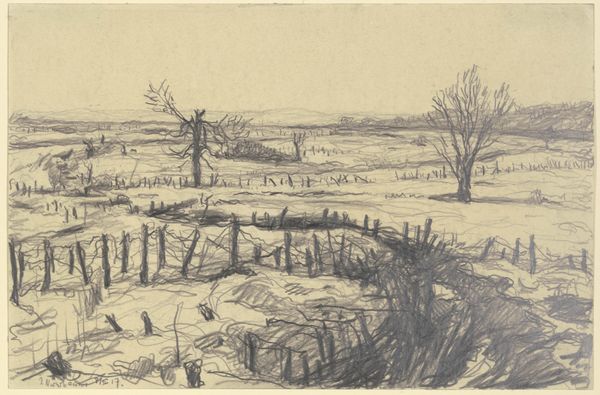
Outskirts of Paris near Montmartre 1887
0:00
0:00
vincentvangogh
Stedelijk Museum, Amsterdam, Netherlands
painting, plein-air, oil-paint
#
painting
#
impressionism
#
plein-air
#
oil-paint
#
landscape
#
impressionist landscape
#
oil painting
#
cityscape
Copyright: Public domain
Vincent van Gogh painted ‘Outskirts of Paris near Montmartre’ using oil on cardboard. Born in the Netherlands in 1853, Van Gogh spent time living in France, particularly in Paris. This painting offers a glimpse into the socio-economic landscape of late 19th-century Paris, capturing the stark contrast between the rustic outskirts and the burgeoning industrial cityscape. The smokestacks looming in the background speak to the era’s rapid industrialization, and the quarries in the foreground allude to the labor-intensive industries that underpinned the city’s growth. Van Gogh sought to represent the lives of working-class people, depicting laborers in his paintings, and drawing attention to their role in society. This piece also reflects the changing social fabric of Paris. As the city expanded, it absorbed the surrounding villages, bringing together rural and urban life, which can be viewed as both a connection and an encroachment. The emotional weight of the painting lies in its ability to capture a moment of transition, where the natural world meets the man-made.
Comments
No comments
Be the first to comment and join the conversation on the ultimate creative platform.
